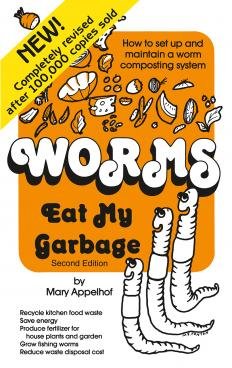
Soil PH Preferences for Trees
How to use the information in the chart. To make the best of the lists, group plants with similar soil requirements. Also, avoid planting trees, shrubs, vegetables, flowers
and herbs in an unsuitable pH. For example, lilac bushes won't do much if their feet are sitting in acid soil, while potatoes will be dotted
with scab if the soil is too sweet.
(Note: Don't use them as your only guide because other factors may lead to poor performance.)
Plants are listed here in columns according to the pH level they prefer.
Note that some are very sensitive to pH levels outside their tolerant range, in which case they will appear in more than one
column even though they are coloured yellow as being "sensitive".
| This green background means that this is an ideal pH for this plant. |
| This background is the ideal pH for this sensitive plant |
| This background means that this plant is very sensitive to the pH level of the soil. |
| pH 4.5 |
pH 5.25 |
pH 6.0 |
pH 6.75 |
pH 7.5 |
| Magnolia | Arucaria | Almond (Prunus) | Abele (Poplus alba) | Abele (Poplus alba) |
| Pin oak (Quercus palustris) | Birch (Betula) | Antler tree (Rhus) | Acacia | Acacia |
| Sweet gum (Liquidamber) | Conifers (most) | Apple (Malus) | Almond (Prunus) | Arbor vitae (Thuja) |
| Crab (Malus) | Arucaria | Antler tree (Rhus) | Ash (Fraxinus) |
| Holly (Ilex) | Ash (Fraxinus) | Apple (Malus) | Beech (Fagus) |
| Hemlock (Tsuga) | Balsam fir (Abies) | Arbor vitae (Thuja) | Cherry (Prunus) |
| Magnolia | Birch (Betula) | Ash (Fraxinus) | Crab (Malus) |
| Pine (Pinus) | Crab (Malus) | Cherry (Prunus) | Eucalyptus |
| Strawberry tree (Arbutus) | Eucalyptus | Douglas fir (Pseudotsuga) | Golden Rain (Laburnum) |
| | Hawthorn (Cretagus) | Eucalyptus | Lilac (Syringa) |
| | Hemlock (Tsuga) | Golden Rain (Laburnum) | Maple (Acer) |
| | Holly (Ilex) | Hawthorn (Cretagus) | Mulberry (Morus) |
| | Juniper (Juniperus) | Holly (ilex) | Poplar (Poplus) |
| | Lilac (Syringa) | Lilac (Syringa) | Stags horn sumach (Rhus) |
| | Magnolia | Maple (Acer) | Wattle (Acacia) |
| | Monkey puzzle (Auricaria) | Mulberry (Morus) | White poplar (Poplus alba) |
| | Mulberry (Morus) | Pear (Pyrus) | Willow (Salix) |
| | Pear (Pyrus) | Plum (Prunus) | |
| | Plum (Prunus) | Poplar (poplus) | |
| | Poplar (poplus) | Stags horn sumach (Rhus) | |
| | Stags horn sumac (Rhus) | White poplar (Poplus alba) | |
| | Strawberry tree (Arbutus) | Willow (Salix) | |
| | Willow (Salix) | | |
| | | | |
|
See also...
Identifying Your Soil Type
How pH Affects Plant Foods
Finding Soil's pH
Raising Soil pH
Lowering Soil pH
pH Plant Preference Lists


The Art of Gardening

"Beautifully illustrated and practical Are you ready to take your garden from good to great?
Learn how to build your soil...and more!

What's New?
Discover how to easily build an attractive and affordable greenhouse that will grow anything in any conditions. Also, building your own greenhouse just makes economical sense. You can build a greenhouse at just a fraction of the cost of buying a pre-built one. Most pre-built greenhouse you buy need to be assembled anyway, you are really just paying hugely inflated prices for the material.
Click Here!
Great Books

The book that started a backyard worm revolution! With more than 150,000 copies sold, this is the bestselling and remains the definitive guide to vermicomposting--a process using red worms to recycle human food waste into nutrient-rich fertilizer for plants. Author Mary Appelhof provides complete illustrated instructions on setting up and maintaining small-scale worm composting systems.
Read More...




 "Beautifully illustrated and practical Are you ready to take your garden from good to great?
Learn how to build your soil...and more!
"Beautifully illustrated and practical Are you ready to take your garden from good to great?
Learn how to build your soil...and more!